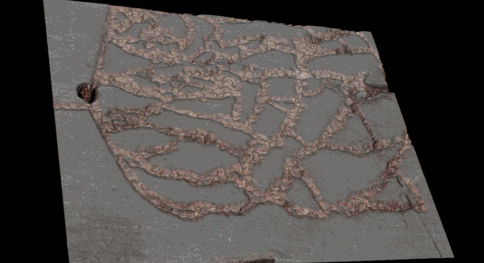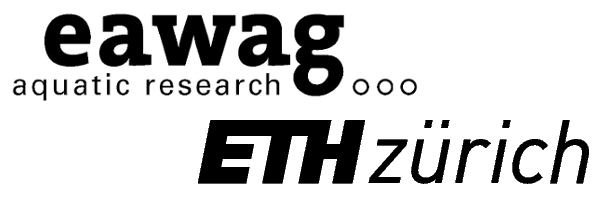Subsurface Environmental Processes

The main objective of our research is to quantify the links between the physical heterogeneity of subsurface environments, including porous and fractured media, the heterogeneity of the resulting flow fields, and the effective transport behavior, including solute dispersion, mixing, and (bio-)chemical reactions. We tackle these problems using both experiments — performed over scales ranging from micro to field scale — and (numerical and theoretical) modelling. The environmental and industrial applications of our research include the study of the impact of climate change on groundwater resources, remediation of polluted sites, nuclear waste storage, geothermal energy, geological sequestration of CO2, recovery of hydrocarbons, and hydraulic fracturing.
News from our Group
Keep in touch with news and events from our group
New Publication!
June 5, 2025
New publication in Journal of Hydrology! This is the result of an exciting collaboration in which an estimation of the different groundwater discharge components to the fragile Mar Menor co New Publication!
April 25, 2025
New publication in Geophysical Research Letters! This has been a fun and fruitful collaboration with Veronica L. Morales' group, in which we demonstrated that not only do reaction kinetics ... A new postdoc in the group!
April 1, 2025
Dr. Oliver Brandenberg joined our group in April 2025. Welcome, Oliver!
